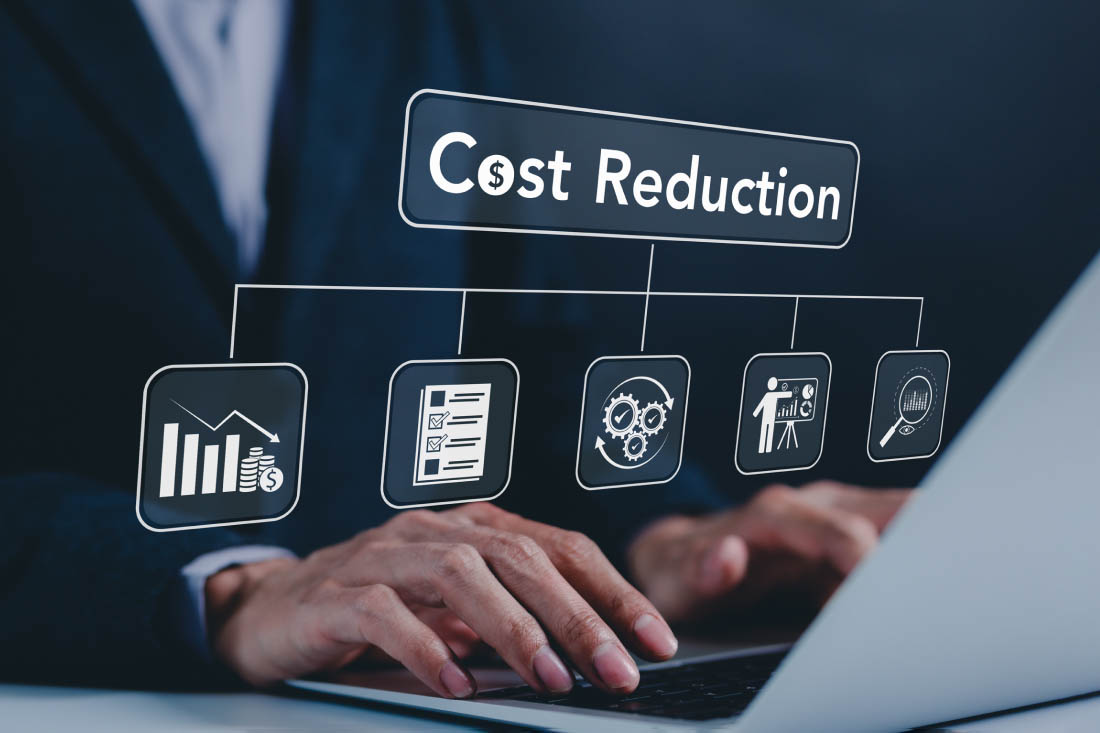Team productivity is a key driver of success for any organization. As companies try to do more with fewer resources, it’s vital to equip teams with the right tools to maximize efficiency and output. At the same time, keeping employees productive means giving them tools to prevent burnout and help them manage work-life balance.
In this post, we share seven essential team productivity tools to help boost collaboration, streamline processes and — ultimately — enhance overall performance.
What are team productivity tools?
Team productivity tools are any software, application or other resource that an organization can implement to modify, improve or measure the work of teams or individuals. Ideally, the tools you choose will help employees by automating repetitive or boring tasks, increasing the levels of organization among team members, helping employees better manage their time, and highlighting common roadblocks to help the organization improve workflows. Team productivity tools can include collaboration, communication, time tracking, project management or other resources to keep employees on track and in line with organizational goals.
Why are team productivity tools important?
In a time when employers need to balance maximizing productivity with employee well-being, any tool that helps employees in their work will improve a company’s bottom line. The right team productivity tools will simplify workflows and processes so employees can spend more time doing work and less time trying to figure out how to get that work done. This is especially true of remote teams, who need ways to keep in touch and collaborate without the benefit of spending working hours in person.
Another advantage of team productivity tools is they can take menial labor out of the hands of employees so they can do more interesting, creative work. Repetitive tasks like data entry, project management delegation, expense management, timesheets and more can be automated to give employees more time in the day.
By using team productivity tools, managers can improve workflows and provide better support for employees. This can help prevent burnout and increase employee engagement, which can lead to less turnover and better employee retention over time.
7 team productivity tools to consider in 2024
Keeping in mind the importance of team productivity and the tools needed to maximize it, let’s dive into seven types of tools that can help teams work smarter and achieve better results.
1. Project management software
Project management software is a cornerstone tool for enhancing team productivity. With features like task tracking, deadline management and collaboration capabilities, project management software helps teams stay organized, communicate effectively and monitor progress automatically and in real time. One of the most popular options in project management is Asana, which includes several customizations and robust integration capabilities. Another option is Monday.com, which boasts a user-friendly interface and allows individuals to customize their views.
2. Task management and to-do list apps
Task management apps like Todoist and Habitica allow employees to structure their to-do lists so they can assign, prioritize and track tasks. While project management tools provide a bigger picture for the whole team, task management apps provide a more granular, individualized view of work, giving employees the ability to break complex projects down into management steps. Reminders and progress tracking help keep team members focused and accountable, allowing them to manage projects with ease.
3. Communication platforms
Effective communication is vital for team collaboration and productivity, especially if employees are working remotely or in a hybrid environment. Communication platforms like Slack or Microsoft Teams provide seamless and instant messaging capabilities, facilitating quick decision-making and information sharing. These platforms also offer features like video calls and file sharing, allowing teams to connect regardless of where they’re located.
4. Video conferencing tools
While many communication platforms include video conferencing options, some remote-first organizations may find more value in platforms that specialize in video conferencing. Platforms like Zoom and Google Meet allow teams to conduct virtual meetings, share screens and collaborate in real time, helping to maintain team cohesion. These tools can also be used to hold larger meetings, such as company-wide town halls or webinars, which can be recorded and easily sent to team members or clients.
5. File sharing and document management tools
Collaboration tools like Google Docs and Microsoft Teams offer a centralized platform for team members to share, edit and collaborate on documents and files in real time and simultaneously. By eliminating the need for multiple versions and inefficient email exchanges, these tools simplify workflows and ensure everyone is working on the latest version of the document. Many of these tools integrate with project management tools and communication platforms to make it even easier for teams to share and work together. Version control, permissions and access management and document retrieval ensure that teams can efficiently locate and collaborate on important documents, minimizing the risk of errors and saving time.
6. Time tracking software
While many organizations may consider time tracking only if they bill clients for hours worked, these tools are becoming more important to inform teams how long tasks take to complete. This enables them to set more realistic deadlines, identify bottlenecks and optimize workflows. Better time management can also help teams balance workloads and determine headcount more effectively. Time tracking software like Clockify and QuickBooks Time equip teams with the ability to monitor their time usage so they can plan more efficiently.
7. Productivity tracking software
While a basic time-tracking tool can give teams an idea of how much time they’re spending on projects, productivity tracking can provide a much more robust picture of how and when employees are working. Productivity tracking platforms like ActivTrak give teams a way to quantify their productivity, including data such as when teams are busiest, what team members have been most productive, and which team members may need more help or resources to accomplish tasks. They can also give leadership insight into how new technology or policies affect productivity.
Considerations for choosing a team productivity tool or software
While every company has different needs when it comes to technology and resources, there are several general factors that any business should consider when choosing team productivity tools.
- Features: Make sure the platform, software or applications you choose have the features your team needs to accomplish work more efficiently. Some tools are highly customizable, while others come with standard features right out of the box. Depending on your organization’s needs, your ability to customize the features may be more or less important to you.
- Price: Budget is an important consideration for any new tool or resource, but many organizations will find that the benefits of a productivity tool can justify its cost very quickly. Many platforms offer plans starting at very reasonable rates, including trial periods and even free plans. Others charge each month per user, which can make them more affordable for smaller teams.
- Integrations: The right productivity tools for your business will integrate with other business software and mobile apps, such as accounting, HR, communication tools and more. You’ll also want to make sure that the solutions you choose work on your operating systems of choice, whether that’s Windows, Mac, Linux, iOS, Android or others.
- User-Friendliness: Productivity apps are only worthwhile if your team members use them, which makes ease of use a major concern for which tools you choose. Some more complex or robust solutions will also offer training for your employees, which can also be helpful.
- Support: Depending on how you intend to use the solution or solutions you choose and how complex they are, you may need differing levels of customer service. This may be especially important during implementation when hands-on help could be important. Make sure that you understand what type of support the provider offers, whether it’s via ticketing, forums, chat or phone.
Maximize your team’s productivity with ActivTrak’s platform
Gain unprecedented insight into your team’s productivity with ActivTrak. Help teams track productivity from various perspectives, such as time spent on projects, tools used, productive hours and more with our platform. Easily find out which tools and technology help employees get work done faster or impede productivity, whether by distracting employees or being too difficult to use. Give employees the ability to view their own productivity metrics so they can determine how best to use their time or where they may need more support or training.
Get a free demo today to learn about ActivTrak’s team productivity tools and how they can help maximize employee performance.





